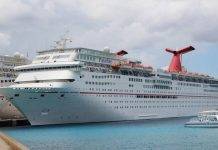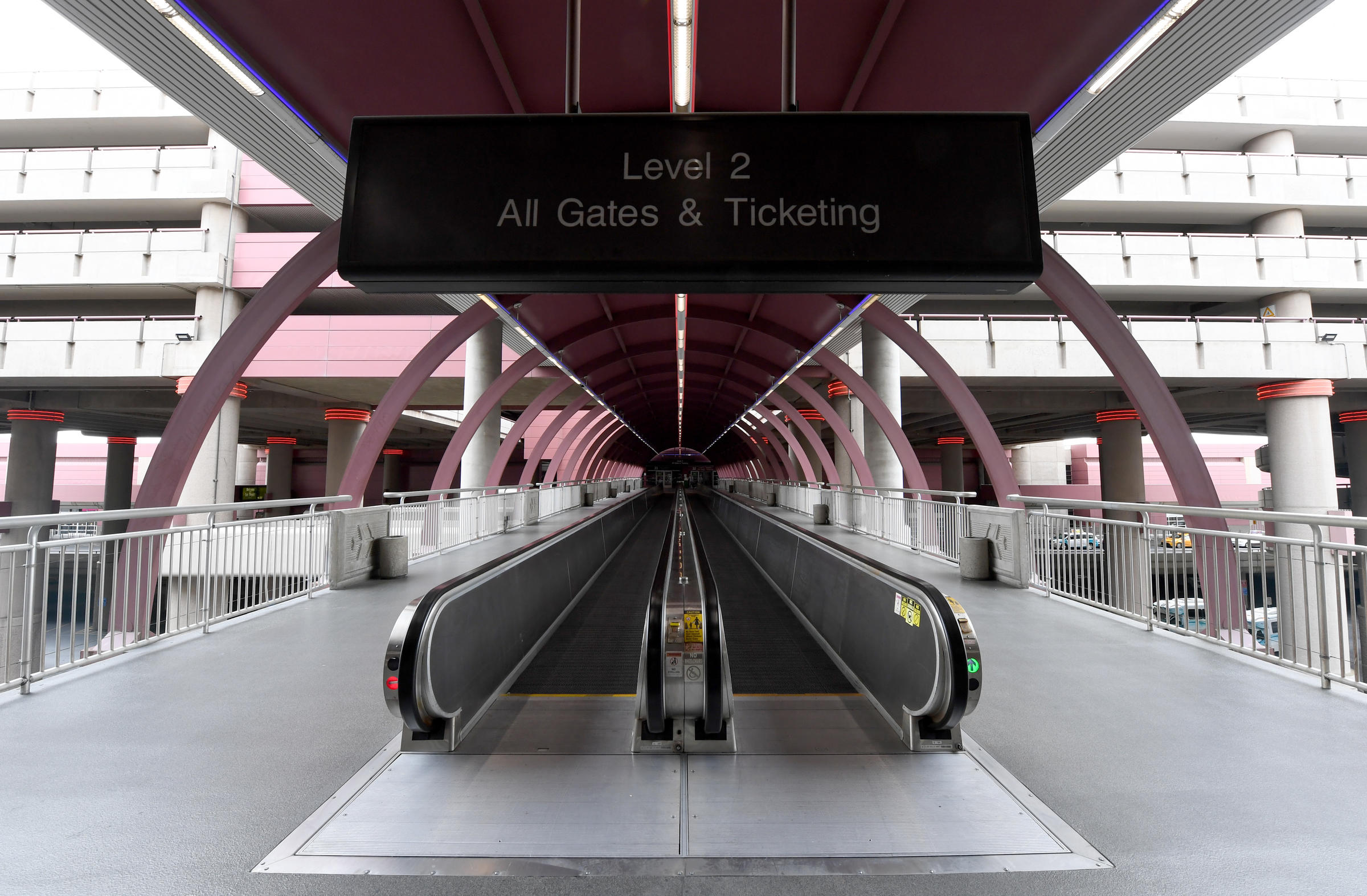

Please be aware that the FCC cannot tell you whether a frequency will be available in a particular location or help in the preparation of applications (except for questions of a general nature).Īccess to a Computer Is Essential. You must decide which services best suit your needs. The FCC does not maintain a list of, or recommend, any particular legal services or broadcast engineering consultants, but many of these services do advertise on the Internet and in trade publications. Most applicants retain legal counsel and broadcast engineering consultants to perform frequency searches and help prepare the legal and technical portions of construction permit applications. Legal and Engineering Assistance in the Preparation of Construction Permit Applications for Licensed Stations. Fines and/or criminal prosecution may result from illegal operation of an unlicensed station (see a sampling of recent enforcement actions). ( See the Commission's JPublic Notice, which is still in effect.) Unlicensed operation is not permitted in the television bands (including 87.9 MHz, which falls within the 82.0 to 88.0 Channel 6 television band). The only unlicensed operation that is permitted on the AM and FM broadcast bands is covered under Part 15 of the FCC's rules, and is limited to a coverage radius of approximately 200 feet. Please be aware that unlicensed operation of radio broadcast stations is prohibited, even at low powers such as 1 watt or less. A very common question asked of the FCC is whether broadcasting at very low power requires a license. However, those frequencies are reserved for existing stations that were causing significant interference in the lower part of the band. The AM band was expanded from 1600 to 1700 kHz in the 1990s after years of international negotiations. The FM band is constrained from expanding above 107.9 MHz by the presence of aeronautical operations on 108 MHz to 136 MHz, and is also prevented from expanding below 88.1 MHz by Channel 6 television operations on 82.0 through 88.0 MHz. For that reason, we do not recommend that you purchase any equipment before receiving a construction permit from the FCC.Įxpansion of the AM or FM radio bands is Unlikely. In many areas of the country, no frequencies may be available on which a new station could begin operating without causing interference to existing stations, a violation of FCC rules. Filing an application does not guarantee you will receive a broadcast station construction permit. When application filing window periods open for new stations, many competing applications are filed.

Potential applicants for radio and television services should be aware that frequencies for these services are always in heavy demand.
#91.9 FM RADIO INTERNATIONAL LINES TV#
Low Power Television (LPTV) Stations, TV Translator Stations, and Class A Television Stations
#91.9 FM RADIO INTERNATIONAL LINES FULL#
Go to Network for Good (click here) and click on “View full report on this organization”.In the following sections, we provide some basic information about radio and television stations and the related application processes. Copies of our annual IRS 990 reports as well as summaries of our activities are available for viewing. The Northwest Communities Education Center (NCEC) is listed in the database of non-profit organizations and charities. In this way, KDNA will empower these communities to more fully participate in our multiethnic society. Radio KDNA will produce quality radio programming to help such communities overcome barriers of literacy, language, discrimination, poverty, and illness. KDNA will direct its efforts as a minority public radio station in response to the cultural and informational isolation of Hispanic/Latino and other disadvantaged communities. Radio KDNA has been instrumental in educating, informing, mobilizing, motivating and encouraging its listeners to become involved in every aspect of the Valley’s culture that affects their lives: health, education, and civic participation to learn English, to become citizens and to fully understand all the implications of benefits received from schools, state and federal agencies. Radio KDNA, a community public radio station, went on the air with an educational and informational format. Broadcasting on a frequency of 91.9 FM with an effective radiated power of 20,000 watts, from studios located in Granger, Washington, the station is governed by a minority Board of Directors representative of its listening community. In 1979, Northwest Communities Education Center (NCEC), launched a Spanish language, public radio station in the heart of the Yakima Valley located in Eastern Washington. 121 Sunnyside Ave, Granger, Washington 98932


 0 kommentar(er)
0 kommentar(er)
